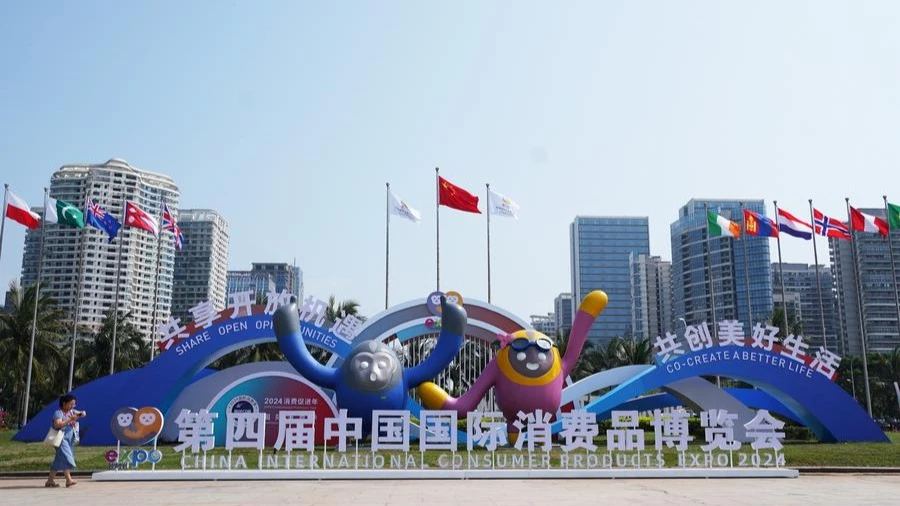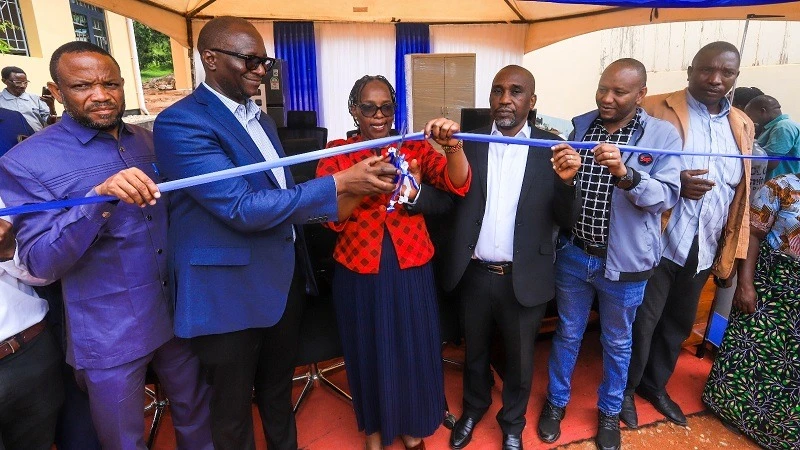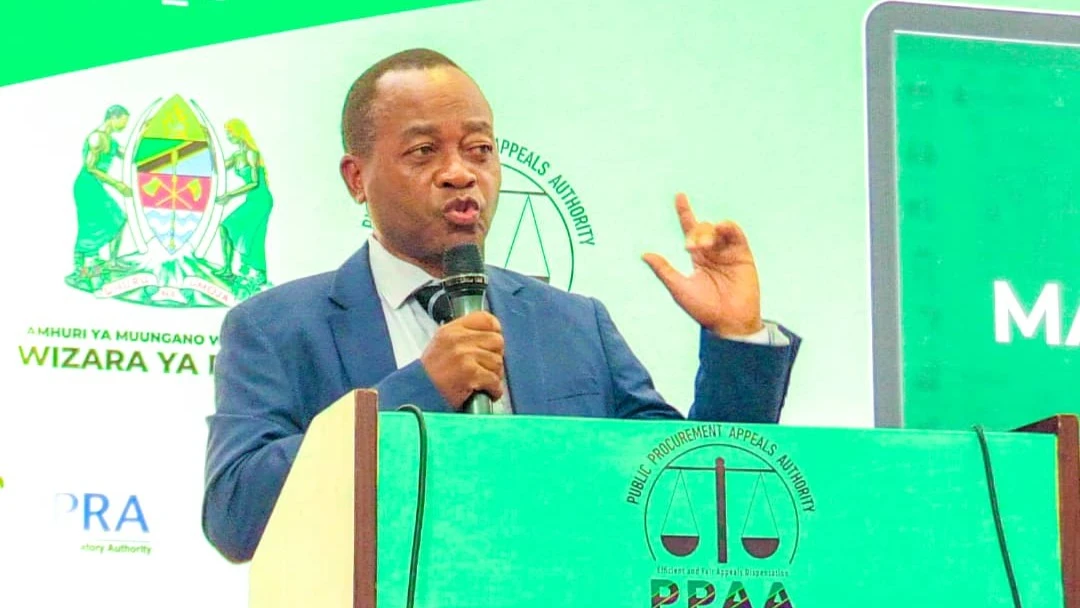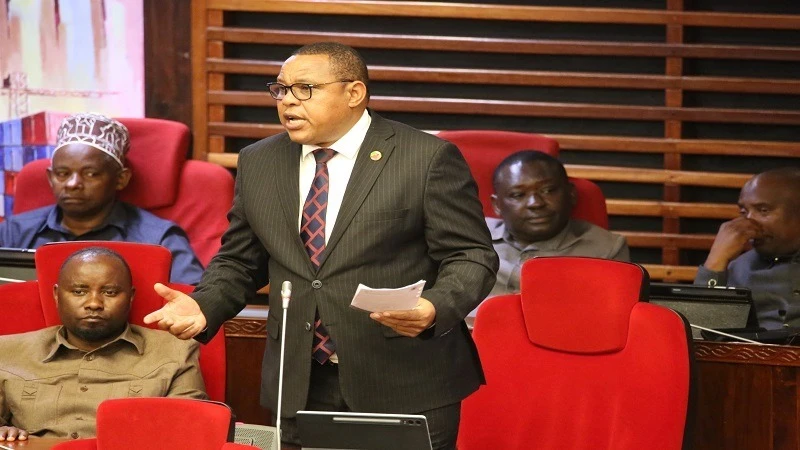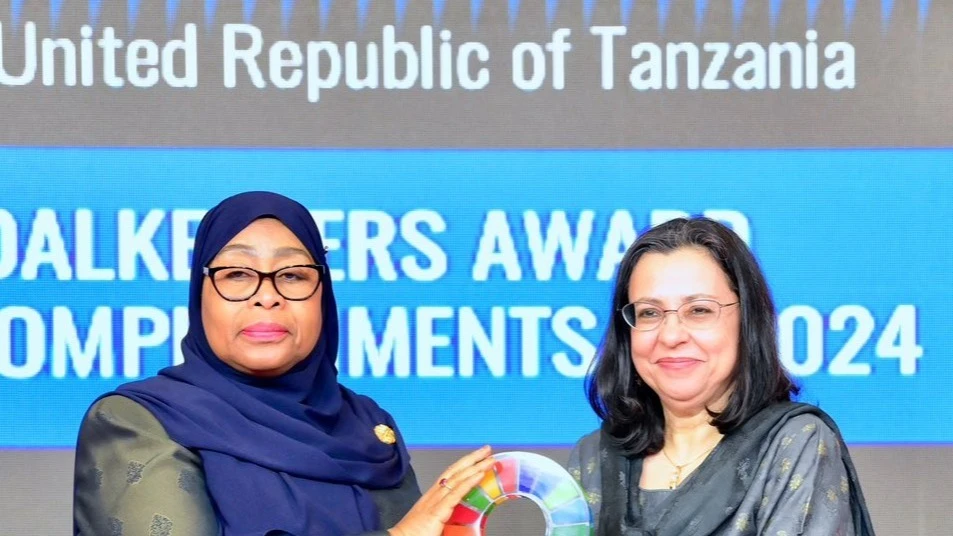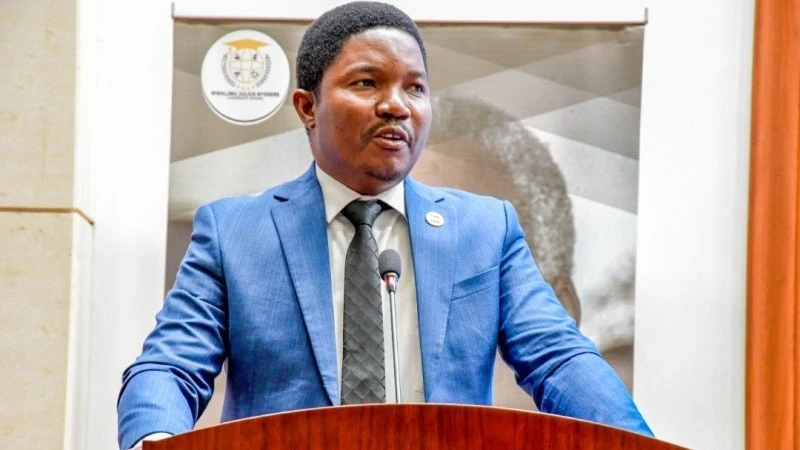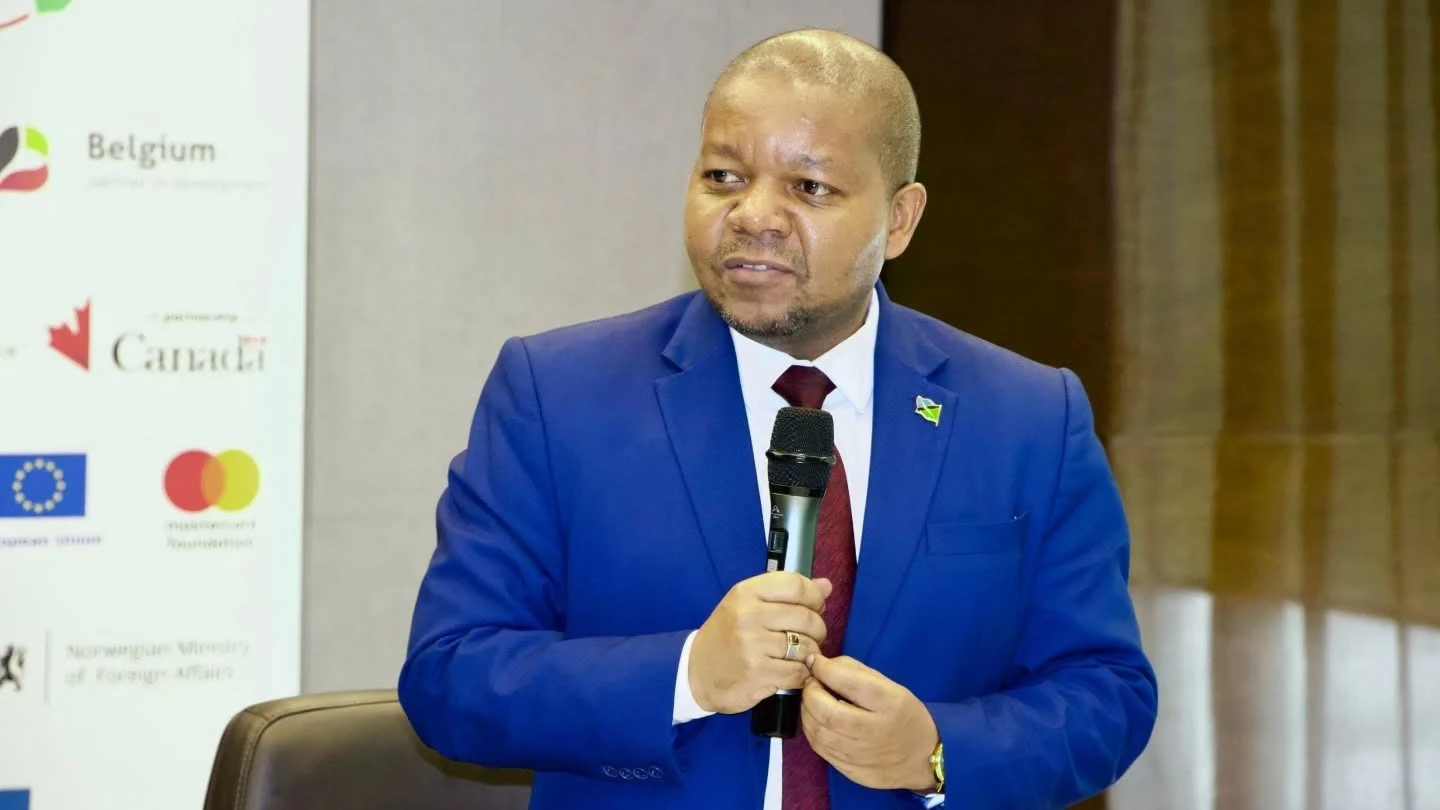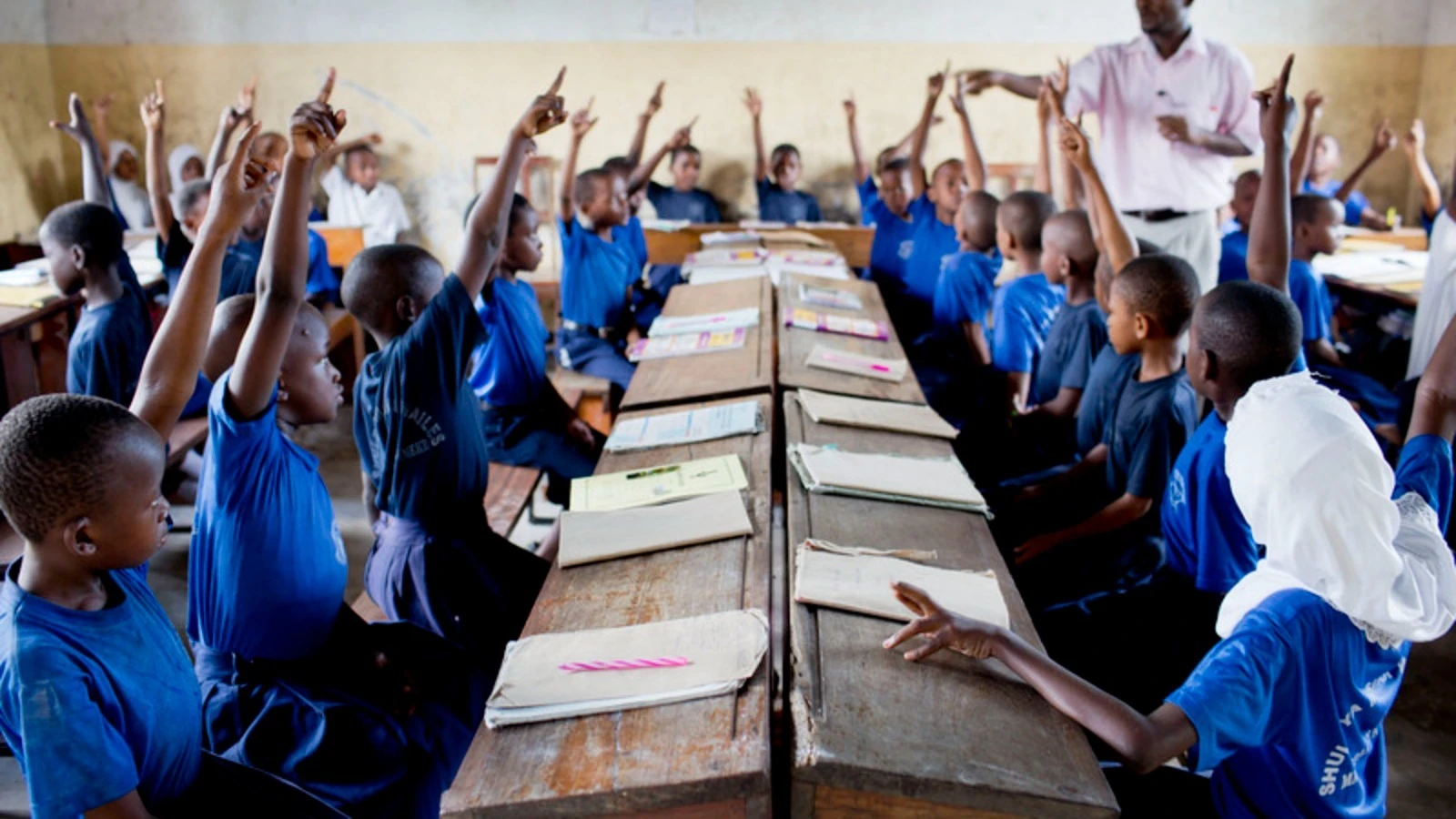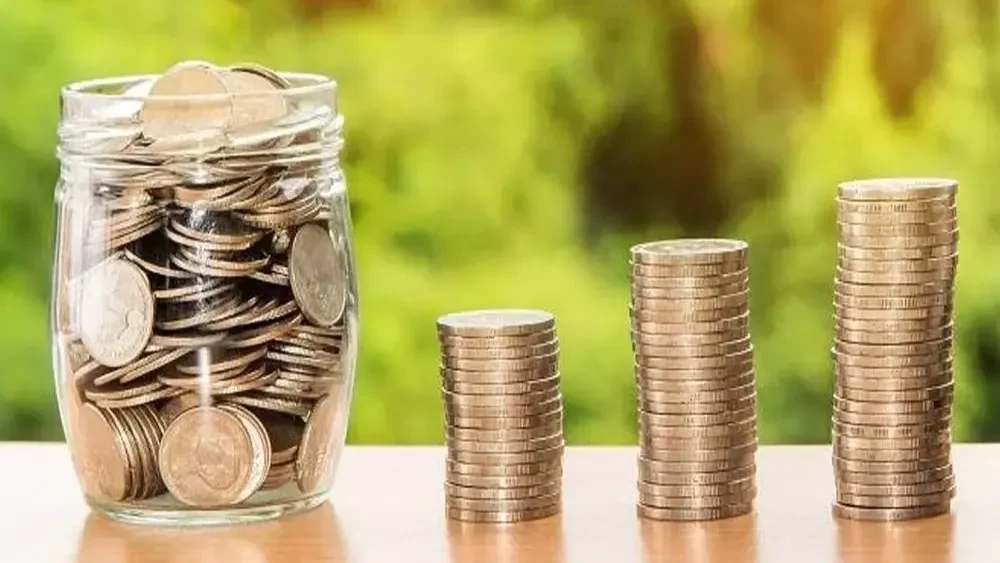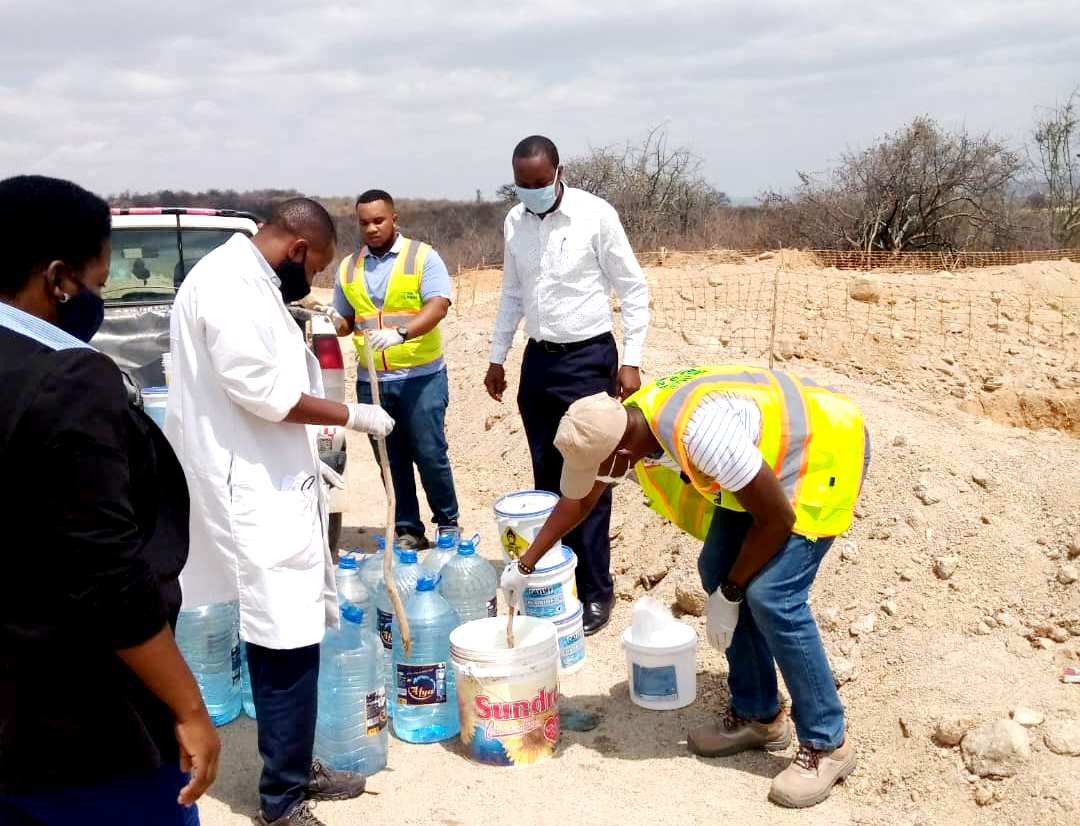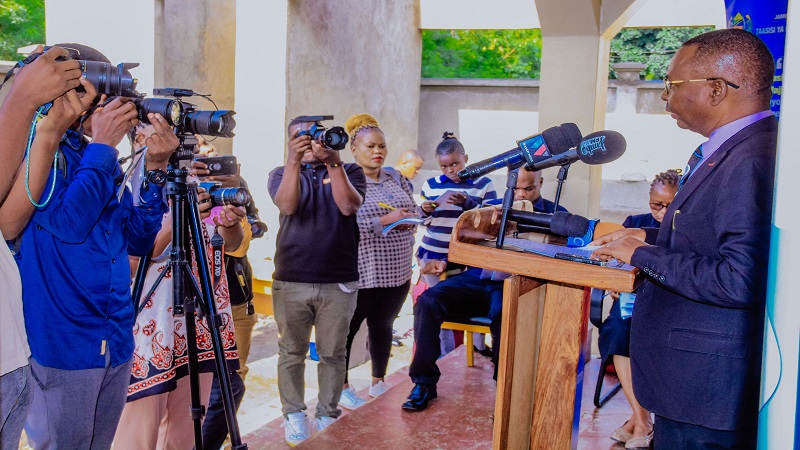Samia hails Mkapa over initial plans, SGR vision
PRESIDENT Samia Suluhu Hassan yesterday launched the country’s standard gauge railway (SGR) speed train services from Dar es Salaam to Dodoma, marking a major milestone in the initiative that has crossed the halfway mark in its construction process.
Yesterday, while en route to Dodoma to inaugurate the train, President Samia expressed her satisfaction with completing major portions of the railway and other key inherited projects, such as the Tanzanite Bridge and the Julius Nyerere Hydroelectric Power Project (JNHPP).
The president was delighted to have overcome challenges during project execution, recalling that its planning phase was initiated under the third phase, with the late President Benjamin Mkapa.
“The vision for the railway, initially proposed by the late President Mkapa following discussions with Rwanda’s President Paul Kagame, was intended to connect Dar es Salaam and Kigali via a modern railway.”
The construction of the segment from Dar es Salaam to Morogoro, spanning 300 kilometers, began in April 2017 by the late President John Magufuli.
When the current presidency was inaugurated in March 2021, construction had attained 722 kilometers while its reach at present is at 1,522 kilometers, showing various levels of completion, she stated.
On June 14 the first train journeyed from Dar es Salaam to Morogoro carrying 14 carriages and upwards of 700 passengers, with President Samia acknowledging yesterday that while immediate benefits might be slow to be noticed, “The railway represents a significant community service and a step towards sustainable development.”
The project and other key projects are integral to advancing the country's infrastructure and fostering growth, she said, highlighting that ongoing construction extends the railway towards Kigoma, near borders with Burundi and the Democratic Republic of Congo.
This will enhance international trade and national development, as the railway project, costing 10trn/- by rough estimates, is expected to boost tourism since tourists traveling to Mikumi now prefer speed train to Morogoro rather than flying.
Speed trains are also strategic for the rapid transportation of cargo to clients, including bulk oil, reducing reliance on road transport, where officials say the shift is expected to decrease road accidents while questions are being raised on SGR's impact on road transport as a whole.
At the Kihonda train station in Morogoro, President Samia assured residents that road infrastructure challenges are being addressed, encouraging them to leverage the railway for enhanced economic activities.
The public needs to utilize the modern train for boosting activities like agriculture as it will be easier to reach local and international markets, she said, assigning passenger bus operators to take up services in areas not covered by the railway.
Masanja Kadogosa, the Tanzania Railway Corporation (TRC) director general, reported that from June 25 to July 28, SGR passenger trains had lifted 188,000 passengers, averaging about 7,000 per day.
Dr Emmanuel Nchimbi, the CCM secretary general, praised the extension of the railway from 722 to 1,522 kilometers in the past three years as highlighting the focus and diligence of the ruling party.
Adam Malima, the Morogoro regional commissioner, noted that the region was a hub with five different train lines, citing the SGR, the central railway line, the Tanzania-Zambia Railway, and their connections within the region.
AbdulAziz Abood, the Morogoro Urban MP, said the railway will have a positive impact on the local economy and investment opportunities within Morogoro municipality.
Top Headlines
© 2025 IPPMEDIA.COM. ALL RIGHTS RESERVED





